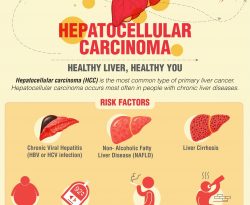Paradigm Shift in Antimicrobial Resistance Pattern of Bacterial Isolates during the COVID-19 Pandemic
The current Covid19 pandemic has exaggerated the problem of antimicrobial resistance (AMR). The bacterial coinfections in Covid19 cases led to irrational use of antibiotics in the population. Whether the use of antibiotics was beneficial to the patients is still unclear. The use of antibiotics in large amounts has led to…











